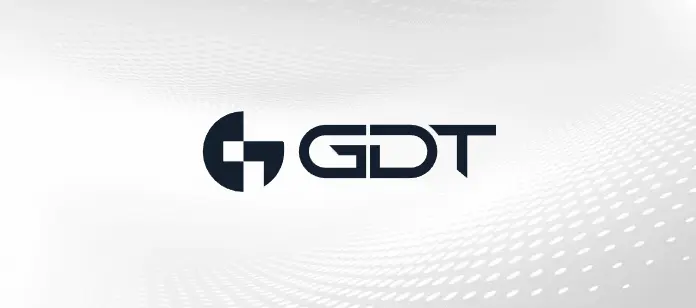By Richard Arneson
If your organization isn’t on, or planning to get on, the road to hyperconvergence (HCI), you may soon be left waiving at your competitors as the HCI train flies by. A recent industry study found that approximately 25% of companies currently use hyperconvergence, and another 23% plan on moving to it by the end of this year. And those percentages are considerably higher in certain sectors, such as healthcare and government. In addition to the many benefits HCI delivers—software-defined storage (SDS), an easier way to launch new cloud services, modernization of application development and deployment, and far more flexibility for data centers and infrastructures—it is currently providing customers, according to the study, an average of 25% in OPEX savings. It might be time to step up to the ticket window.
All Aboard!
If you haven’t heard about Dell EMC’s VxRail appliances, it’s time you do―they’ve been around for about two (2) years now. In that first year alone, they sold in excess of 8,000 nodes to well over 1,000 customers. And in May of this year, they announced a significant upgrade to their HCI portfolio with the launch of more robust VxRail appliances, including significant upgrades to VxRack, its Software-Defined Data Center (SDDC) system. VxRail was closely developed with VMware, of which Dell EMC owns eighty percent (80%).
The VxRail Portfolio of Appliances
All VxRail appliances listed below offer easy configuration flexibility, including future-proof capacity and performance with NVMe cache drives, 25GbE connectivity, and NVIDIA P40 GPUs (graphics processing units). They’re all built on Dell EMC’s latest PowerEdge servers, which are powered by Intel Xeon Scalable processors, and are available in all-flash or hybrid configurations.
G Series―the G in G-Series stands for general, as in general purpose appliance. It can handle up to four (4) nodes in a 2U chassis.
E Series―whether deployed in the data center or at the edge (hence the letter E), the E Series sleek, low-profile can fit into a 1U chassis.
V Series―the V stands for video; it is VDI-optimized graphics ready and can support up to three (3) graphics accelerators to support high-end 2D or 3D visualization. The V Series appliance provides one (1) node in its 2U profile.
P Series―P for performance. Each P Series appliance is optimized for the heaviest of workloads (think databases). Its 2U profile offers one (1) node per chassis.
S Series―Storage is the operative word here, and the S Series appliance is perfect for storage dense applications, such as Microsoft Exchange or Sharepoint. And if big data and analytics are on your radar screen, the S Series appliance is the right one for you. Like the P and V Series appliances, the S Series provides one (1) node in its 2U profile.
And to help you determine which VxRail appliance is right for your organization, Dell EMC offers a nifty, simple-to-use “XRail Right Sizer Tool”.
Perfect for VMware Customers
VMware customers are already familiar with the vCenter Server, which provides a centralized management platform to manage VMware environments. All VxRail appliances can be managed through it, so there’s no need to learn a new management system.
Questions about Hyperconvergence or VxRail?
For more information about what hyperconvergence, including what Dell EMC’s VxRail appliances can provide for your organization, contact GDT’s solutions architects and engineers at SolutionsArchitects@gdt.com. They hold the highest technical certification levels in the industry, and have designed and implemented hyperconverged solutions, including ones utilizing GDT partner Dell EMC’s products and services, for some of the largest enterprises and service providers in the world. They’d love to hear from you.



